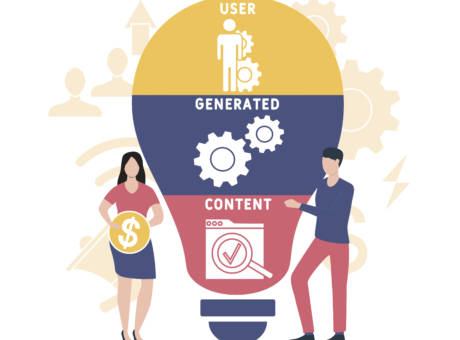
Customer segmentation – how to do it?
If you want your marketing and promotional activities to be effective and your sales profits to be satisfying and still growing, you need a good knowledge of your target group. Every seller, service provider, but also distributor of valuable content needs to know who their audience and customers are. Everyone has their own habits, preferences, and expectations. However, it is possible to create a complete picture of a larger group of people who share the same characteristics, even though, after all, each of us is unique and special. It is customer segmentation that serves to organize customers, dividing them into smaller groups according to specific criteria. This greatly facilitates both the implementation of current projects and newly implemented marketing campaigns.
What is customer segmentation?
Audience segmentation is an activity that consists of identifying a group of people who share the same needs, expectations and preferences. Its purpose is to select specific audiences from the larger group that we can put together into smaller teams. This gives us a chance to create even more precise messages, offers and content corresponding to the characteristics of the “pigeonholed” group of customers. For customer segmentation to achieve its intended objectives, a number of criteria are used to create customer segments.
The first step in audience segmentation is to isolate specific consumers from the community. It is only in the next steps, once we have a relatively large customer and user base, that we can qualify them into components that are compatible with the right marketing efforts.
The more narrow the categories, the greater the chance of effective actions with strongly specified characteristics. While adjusting the offer to the expectations of potential customers or already loyal and regular ones, we pay attention to their special features, everyday habits and customs, needs, expectations and priorities.
Market segmentation criteria – examples
We can distinguish a very long list of segmentation criteria. However, let’s focus on the most commonly used ones. These include demographic criteria. Their area covers age and gender, although education often appears as well. Customer segments are also created according to geographical criteria which refers to the place of their residence (it can be one city, province, country or continent). Thus, we take into account the size of the city and the geographical region. Economic criteria like wealth, livelihood and income, and occupation also help in creating segments. Particular attention is paid to social criteria, such as lifestyle, interests and hobbies, leisure activities and social class.
However, modern online marketing is hard to imagine without the criterion of consumer behaviour. It is closely related to the analysis of website visits and expectations regarding a service or product. The analysis covers individual steps taken by the user on the website, the value and content of his/her shopping cart and brand loyalty. This is where RFM, or Recency, Frequency, Money, analysis, which is done based on customer purchases, works very well.
RFM analysis and customer segmentation
Customer segmentation with this method is carried out in 3 stages.
- The first one takes into account consumer’s recent behaviour, the date of the last purchase and the visit to the website. Customers in the first segment who have made a recent purchase are the most likely to make another purchase.
- The second stage concerns the distribution of buyers according to the regularity of purchases. That way we know which customers we should be trying harder to attract.
- Then there’s the analysis of how much money customers spend while shopping.
This allows us to designate our most valuable consumers.
Quick and effective segmentation of customers into segments
If you want to be precise, effective, and yet fast at customer segmentation, the best way is to use the support of modern CRM systems. Vendors very often make an analysis in several areas and taking into account all communication channels, not only the Internet, but also hotlines. This is how a data set – Big Data – is created which is constantly being supplemented with new information about customers. With this technological area, it is possible to observe in real time the behaviour of people on the website and to store data on the frequency of contact and the quality of relations also with regard to other channels.
Combining collected data from phone and online channels allows you to create a more accurate picture of your customer. Through such activities, customer segments are naturally created. Segmentation of recipients is carried out taking into account their involvement in the purchase process and their loyalty. This allows us not only to more precisely tailor our offer to them, but also to reduce costs associated with other activities aimed at reaching new customers.
Big data is a powerful tool today, without which it would be difficult to find our way in the virtual consumer world. Thanks to active and automatic data collection and customer behaviour analysis, we can segment our recipients according to several key criteria for our industry and scope of activity.

REACH CUSTOMERS,
BOOST SALES












